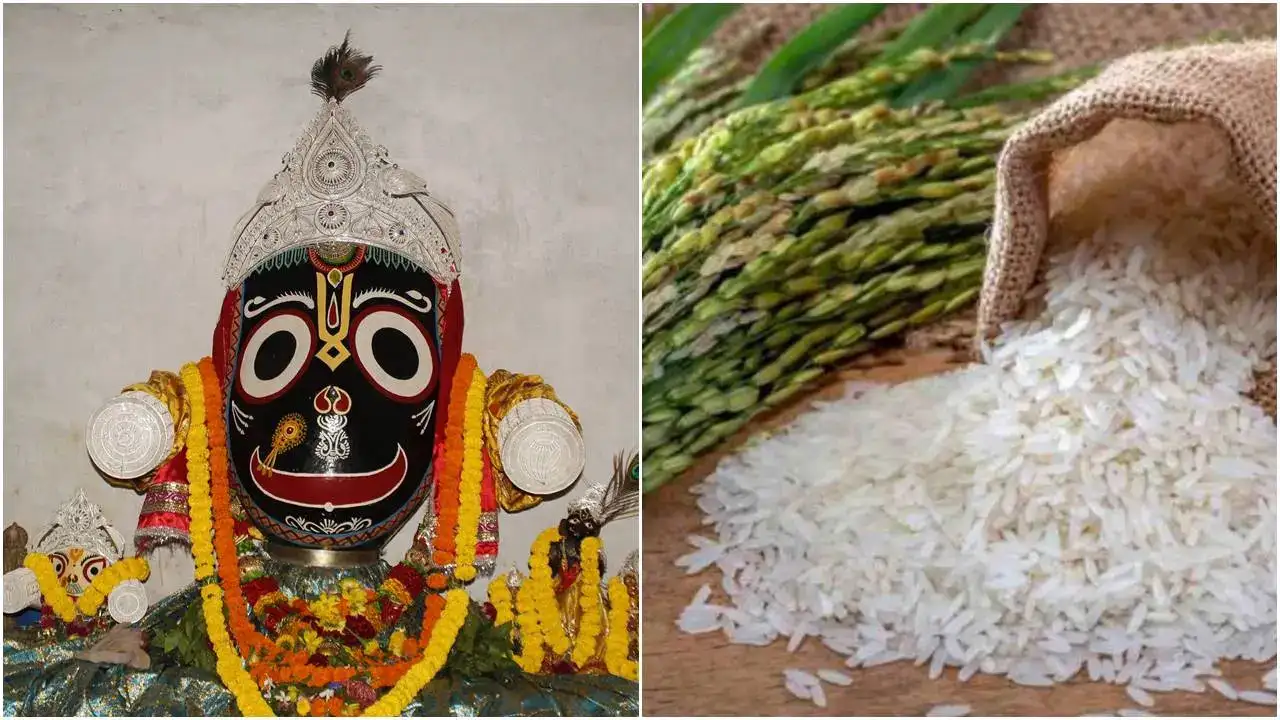Copyright timesnownews

There are few places in India where food and faith share the same heartbeat — and Puri’s Shree Jagannath Temple is one of them. The temple’s kitchens, where devotion simmers in massive earthen pots, are about to witness a quiet but powerful transformation. Come Rath Yatra 2026, the temple’s sacred kitchen — Ananda Bazaar — will begin preparing Kotha Bhog and Mahaprasad using organic rice. Yes, you read that right. The rice that has been part of these rituals for centuries will now be grown without pesticides and chemicals. The move is not just a kitchen update, but it is an important step towards blending spirituality with sustainability. Because in Puri, food is not just served — it’s sanctified. Explained: What’s Actually Changing As announced by Dr. Arabinda Kumar Padhee, Chief Administrator of the Jagannath Temple and Principal Secretary of Agriculture and Farmers’ Empowerment, the shift will begin with the Kotha Bhog — the sacred morning meal prepared exclusively for the deities. The temple is partnering with the Odisha Balabhadra Jaibika Chasa Mission. For the unversed, it is a state initiative dedicated to promoting organic farming. Under this collaboration, rice offered to the God will be grown by local farmers using chemical free and organic methods. From the moment the seed touches the soil to the time rice is served in silver bowls, every step will follow traditional, eco-friendly methods. It’s devotion — but with a conscience. Explained: Inside The Temple’s Timeless Kitchen If you’ve ever peeked into the kitchens of the Jagannath Temple, you know they run like clockwork — yet without a trace of modern machinery. Nearly 600 cooks and 400 helpers prepare meals every day, using age-old methods passed down through generations. No electricity. No steel utensils. Only earthen pots, firewood, and faith. The Kotha Bhog, offered around 10 am, is a feast fit for the divine. It features fried vegetables, Kanika (sweet rice), Khechudi (spiced lentil rice), and traditional pithas like Hansapuli and Mathapuli. That's not all, later in the day comes the Mahaprasad, served to devotees. Every day, close to 50,000 devotees partake in it, and during grand festivals like Rath Yatra, that number easily doubles. The plan is to first introduce organic rice in the Kotha Bhog. Once the transition is seamless, it will extend to the Mahaprasad served to devotees. Explained: Why Farmers Are The Real Heroes Here Behind this temple initiative is a bigger story — one that belongs to Odisha’s farmers. Organic farming is not easy. It needs precision, patience, and faith. By sourcing rice directly from organic farmers, the temple is creating a steady market for their produce. It’s a rare moment where ancient tradition meets rural empowerment. The farmers gain financial security and recognition, the environment benefits from reduced chemical use, and devotees receive food that’s purer than ever. It’s a cycle of giving that truly reflects the essence of Jagannath culture. Fun Fact The kitchen at the Jagannath Temple is among the largest in the world — and here’s the magical bit — it runs without electricity. Hundreds of clay pots are stacked in neat pyramids over wood-fired stoves, and yet, the food never burns or overcooks. Legend says divine intervention ensures every grain of rice is perfectly cooked. Explained: A Step Towards Sustainable Spirituality This change isn’t just about cleaner food. It’s symbolic — a reflection of how faith traditions can adapt without losing their essence. For a temple that’s centuries old, adopting organic rice is a forward-thinking gesture. As Dr. Padhee shared, discussions are ongoing with temple servitors to ensure a smooth transition. The first batch of organic rice has already been harvested, and by the time the Rath Yatra of 2026 arrives, it will likely be part of the temple’s sacred offerings. Explained: When Tradition Walks Into The Future The Shree Jagannath Temple has always been more than a place of worship — it’s a breathing, living ecosystem where food, faith, and community intersect. By embracing organic practices, the temple is leading a green revolution from within its ancient walls. This initiative may well inspire other temples across India to work towards sustainability. Because spirituality teaches us to respect — nature, life, and everything else.



